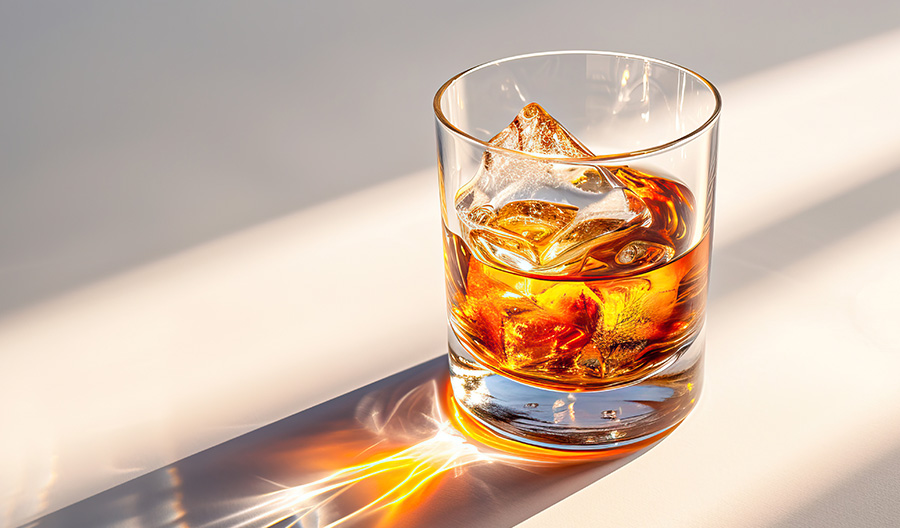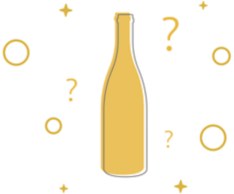Up until recently, the Irish whiskey section at most liquor stores carried fewer than a handful of bottles made by the country’s biggest brands.
After decades of decline—just three distilleries were still producing the spirit in the 1970s—Irish whiskey is now officially back on the rise with a new wave of distilleries that’s bringing more diversity to the category. From budget-priced picks for mixing, to special longer-aged bottles suitable for gifts and flavorful cask finishes, there’s likely an Irish whiskey suited exactly to your needs.
What Is Irish Whiskey?
Just as Scotch is from Scotland and bourbon is made in the U.S., Irish whiskey is any whiskey that’s made in Ireland. (And yes, in Ireland, whiskey is spelled with an “e.”) That said, Ireland’s namesake spirit is made in a wide variety of styles. Some are lighter-bodied, while others are more robust. There are bottles that add flavor via peat-smoking or finishing in casks that previously held other spirits, wine or beer. But as long as it’s distilled and aged in the country, it can be labeled as Irish whiskey.
What Is the Appeal of Irish Whiskey?
In general, Irish whiskey is considered particularly versatile and mixable.
While the flavor profiles can vary quite widely, many of Ireland’s best whiskeys are light and approachable, with fresh, fruity or grassy notes. Though this style is most commonly associated with the category, this isn’t universal. These days, there are plenty of bottlings that display peat, dark fruit or sherry, and tannic, oaky notes, too.
Many Irish whiskeys are triple-distilled (by comparison, Scotch is distilled twice), which encourages a lighter-bodied spirit. But just as the flavor profiles can vary widely, not all Irish whiskeys are distilled three times.
Additionally, Irish whiskey tends to be competitively priced compared to its Scotch or American whiskey counterparts.

What Are Some Irish Whiskey Terms I Should Know?
Grain whiskey: This means that the whiskey can include a mashbill of different grains, often wheat but sometimes corn, plus barley. Grain whiskey is made in a large column still, which gives a lighter character.
Malt whiskey: Just as in Scotch whisky, Irish malt whiskey is made with 100% malted barley and cooked in a pot still, which can impart a more robust character. One thing to note: This is different from an Irish single malt, which means it’s made at a single distillery. The “single malt” term is more common to Scotch (and recently, American whiskey, too); in Irish whiskey it’s more of a marketing term meant to draw in Scotch drinkers.
Pot still whiskey: This is a combination of malted barley, unmalted “raw” barley and other grains (but no more than 5% of other grains). It’s also referred to as “single pot still” whiskey.
Blended whiskey: This is a mixture of grain whiskey and either malt whiskey or pot still whiskey—or both. This, too, is different from Scotch, where a blended whiskey means the liquid is sourced from more than one distillery, or American whiskey, where the term might signal a blend of various barrels or whiskey styles.
Poitin: Essentially, Irish moonshine. Historically, this was an illicit, usually unaged whiskey made from barley. It often incorporated other ingredients, too, ranging from potatoes to sugar beets. Some commercial versions are now sold in the U.S. (Read more about poitin here.)
How To Drink Irish Whiskey?
A good bottle of Irish whiskey is a pleasure to sip neat or over ice.
However, it’s a spirit that’s particularly embraced for mixing into cocktails, including the iconic Irish coffee and classics like the Tipperary. It’s also the go-to spirit for the pickleback: a shot of Irish whiskey chased with pickle juice, beloved in American dive bars. (It’s not to be confused, however, with the pickle shot.) During the colder months you may want to try something new like a mulled cider whiskey cocktail.
While there’s no definitive “best” Irish whiskey for the Irish coffee and other mixed drinks, in general, bartenders recommend using bottlings with a traditional flavor profile (read: fresh and approachable) rather than a peated or extra-aged version.
How Does Age Impact Irish Whiskey?
Any Irish whiskey you pick up will be a minimum of three years old. The Irish Whiskey Act specifies that in order to be called Irish whiskey, it must be aged at least three years in wooden casks in Ireland. That cask doesn’t need to be made of oak, but it usually is.
Many Irish whiskeys are bottled without age statements, meaning the bottle likely contains a blend of age ranges. Sometimes those details are noted on the label.
Some producers issue bottlings with specific ages, or even special single vintage bottlings to commemorate a specific occasion. It’s possible to find Irish whiskeys aged between eight and 18 years on the shelf, and they’re often excellent. It’s unusual to find Irish whiskeys aged 20 years and up, but they do exist.
That said, just as with any other type of whiskey, the longer an Irish whiskey is aged in oak, the more likely it is to pick up flavors from that barrel. Usually that shows up as vanilla, caramel or oak notes, as well as lively spice tones.
In addition, many Irish whiskeys are finished in barrels that previously held other spirits, wine or beer. Usually that adds another six to 12 months to the aging process, although that can vary. More importantly, that finishing process adds nuanced aromas and flavors from the liquid that were previously in that barrel.
What’s the Best Glass for Irish Whiskey?
There’s no specific glass for enjoying Irish whiskey, per se, but a rocks glass or another tumbler-style glass to sip whiskey (Irish or otherwise) neat or on the rocks always works.
Some experts prefer a curved Glencairn glass to help maximize aromas while minimizing alcohol fumes. But the only glassware that’s specific to Irish whiskey cocktails? The footed Irish coffee mug, of course.

